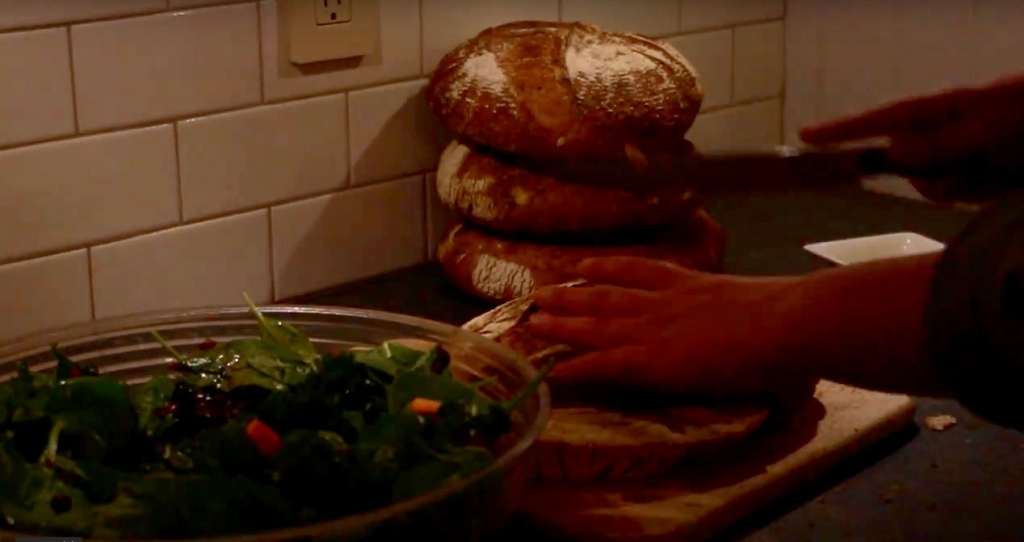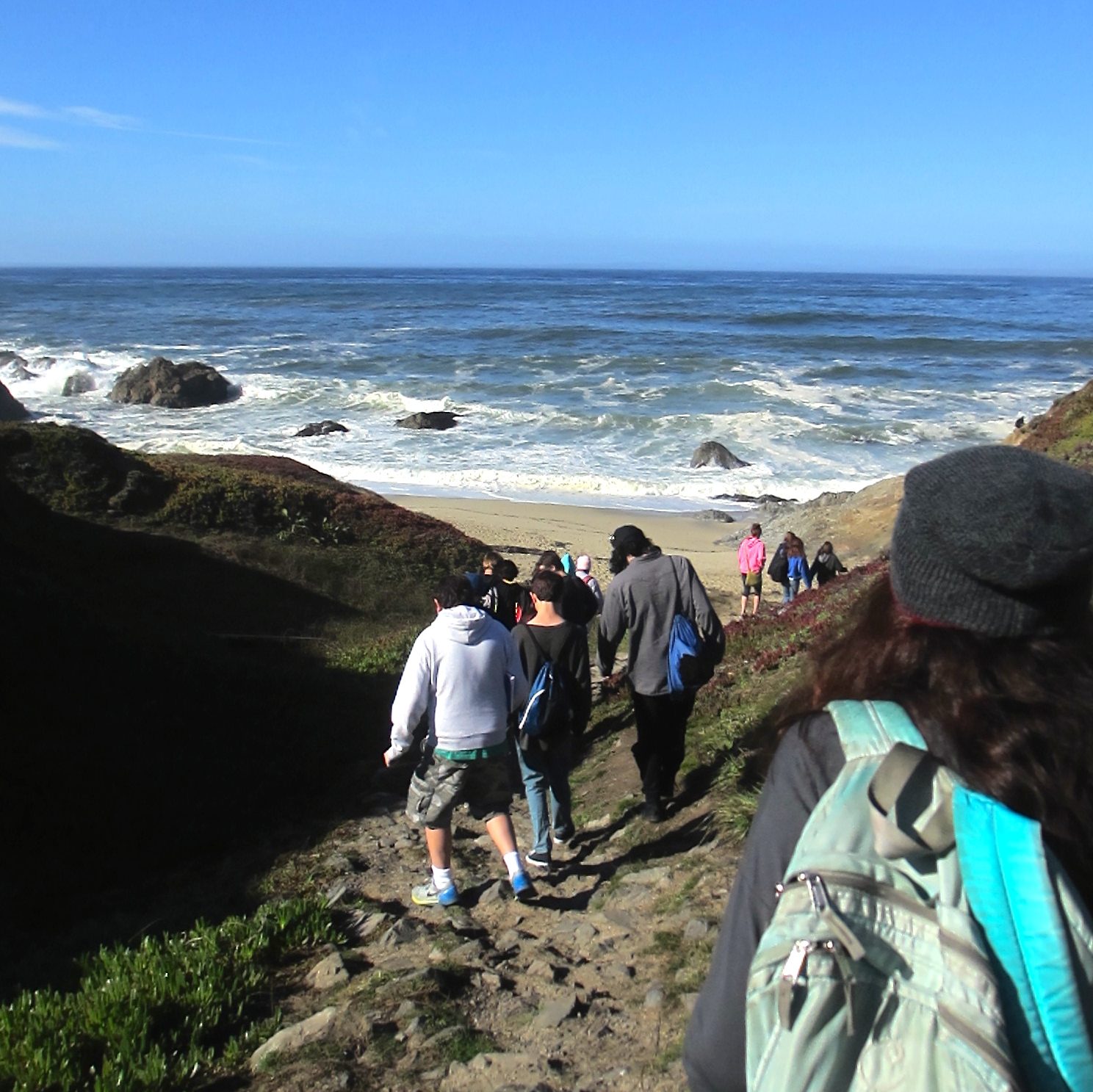
In the digital age of easy to find already-known answers to easy to list already-known questions, we strive for something more substantial and more human: deeper learning. What is it about a space that cultivates deeper learning? I think of deeper learning as learning that burns along an edge between the known and unknown, twists and curves its way bright and alive. I think that this is the type of learning that makes you feel awake, mind open. That engaged learning that dances with curiosity and stumbles upon novelty. That learning that enables us to try something new and meander along the jumbled edge of change.
It’s easiest to spot in young children, their faces ignited. We know, sadly, that school often unknowingly extinguishes this type of fervor, even with the best of intentions. When standardization and school socialization take priority, it can be difficult to cultivate this type of deeper learning on a regular basis. However, we do see it, all of us in education see it at least on occasion. We all strive for it. So, what is it about those times when deeper learning ignites and smolders along the edge of known and unknown, and how can we set the conditions for it more purposefully?
This year I have had the opportunity to work with students from all across our county through a community group that was co-founded by students, staff and community members: Schools for Climate Action. We come together weekly to continue work toward a common goal of elevating student voice on environmental action, with special attention on climate change action. Thanks to The Oxbow Art School of Napa population, this group also includes students from across the country and globe. Zwena Gray is such a student who came to us from Detroit, Michigan through a semester at Oxbow.
A few weeks ago, Zwena wrote the group with an invitation:
“I am writing to a select group of varied people and would like to invite you to the first of two conversations engaging with the community. This is for my Oxbow Final Project…The topic is ‘Education in Relation to our Personal Identities’, this event will be at…there will be light refreshments and the event will be about an hour…I am going to attempt to create a space where we can talk openly about our feelings in regards to the education system…Much Gratitude Zwena”
I accepted the invitation, as Zwena had consistently attended our meetings and given so much of her time. I was also very interested in how Zwena would engage in her chosen topic of education through her art project.
The evening of the conversation, I let myself into the house, a stark old Victorian with tall ceilings, antique doorknobs and lucent wooden floors. The kitchen called out and invited in with the sounds of dishes being stacked and students helping Zwena with set up. The dining room had been converted into a sitting space with no chairs, but a variety of pillows were placed around the room as cushions for a circle. We learned that evening that Zwena had hand stitched the pillows from used denim and fabric for this conversation around education. A camera was set up and maintained by a fellow student in a discreet place, and visitors were invited to leave shoes at the door.

As people entered the room, voices mingled in the air with a comfortable buzz. Zwena urged us to help ourselves to food. Persimmon, pomegranate, and green salad all grown on the grounds were shared. Zwena and her fellow student helpers had harvested and prepared the food. In the corner, an earthy sourdough loaf that I learned Zwena had made by hand using wheat grown on site. I plated up and chose a comfortable pillow. I noticed more folks entering, some I knew and some I knew of. All here because of Zwena’s invitation.

This was an alien break from google docs, excel spreadsheets and online learning platforms that I am used to at school. There was no rubric in sight. The teacher (assessor?), Alex, was dispensing deep belly laughs, standing barefoot in the room. Was I at school? If so, who was I? Student or teacher? I decided to just be an authentic learner, and that would be just right.


Zwena started us off by thanking us for joining. Just like her bread, substantial and true, Zwena’s sincerity set a tone for generosity. She led us through a variety of prompts through the conversation with a consistent thread of identity, school, and true learning. Zwena was an artisan of powerful moments, and she had successfully, as she sought to do, created “a space where we can talk openly about our feelings in regards to the education system”.

At the end of the evening, Zwena shared some of the background of her project. She shared that she had read a lot about education, and found that learning together happens when there is a sense of community. Zwena let us know that the handmade items were made for us, she described them as acts of gratitude. She wanted us to feel appreciated and to understand that she had put time and effort into making space to hear us and bring us together for learning. Zwena established community very affectively and deliberately with craft, gratitude, and the pace of human.

When I left that night and returned home, I noticed how calm I felt. Grounded and peaceful. Connected. These feelings are fleeting in most hurried schools, but not in the lesson established by student and teacher, Zwena Gray. Zwena took such care to craft a living, evolving experience where open dialogue and deeper listening, questioning, and learning could take place.
A week and a half later at our Schools for Climate Action meeting, a student shared concern over how to address those who might think in opposition of the group’s goals. Ideas floated in the room for the best course of action. Zwena chimed in, calm and grounded – “Maybe they know something that we don’t know, and we can learn from each other. I think that we should be asking ourselves how we can make a space to encourage that, to invite them in, to encourage us to learn from each other.” Make space for learning.
A few days later at the final Oxbow student art show, Zwena brought all of the materials from her event in an attempt to re-create that space for deeper connection. The hand sewn pillows, a fresh loaf (she said her best yet) of sourdough, the questions she had prompted, the post-its we had written on, and of course her invitation to visitors to engage. Zwena shared, though, that it was different here. At school, there’s a formality. She mentioned that children know to grab the bread, and are told to wait. She wanted learners to grab the bread, to be comfortable being curious, in a space for learning. Zwena described building the community needed for deep, connected learning to be like thread going back and forth, that it is giving and taking and must be attended to. It is the opposite, she says, of leaving a legacy.

So, as a teacher who strives to get my students thinking beyond our school walls and to inspire deeper learning in this digital age, I learned a whole lot about making space for deeper learning from student artist, Zwena Gray. Zwena demonstrated that making space for deeper learning is craft. Understanding and community involve invitation, gratitude, and slowing to the pace of human. In this digital age, I appreciated the hand sewn reminder from a fellow learner.

A special thank you to artist Zwena Gray for permission to share my experience of her work, and for having woven herself into a community of learners in our little corner of the world.
